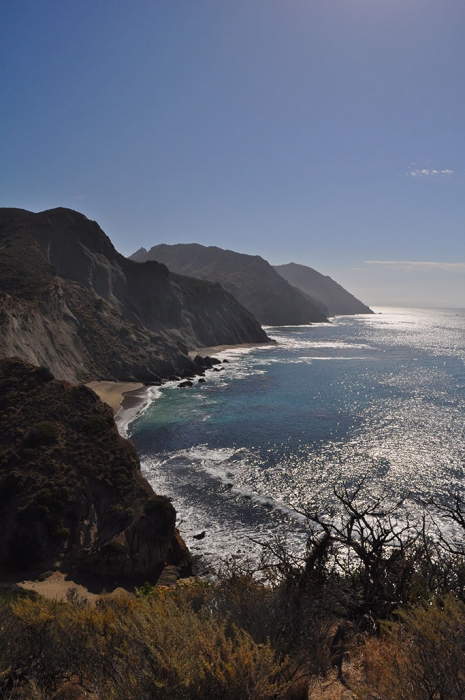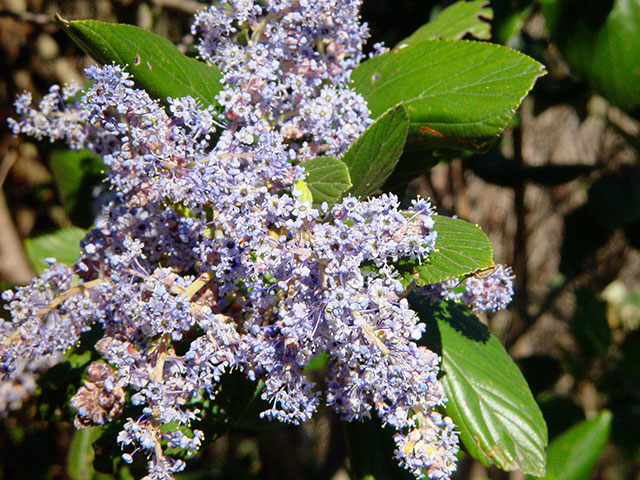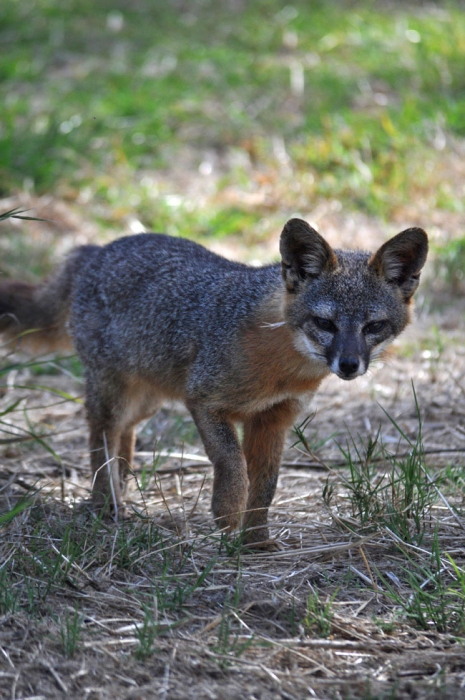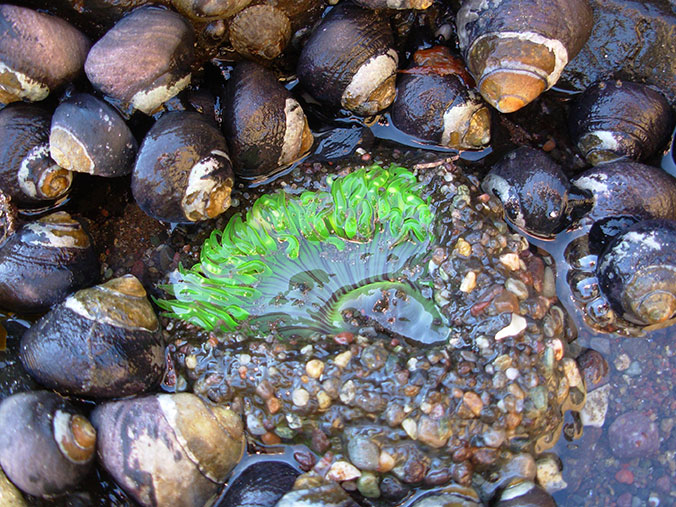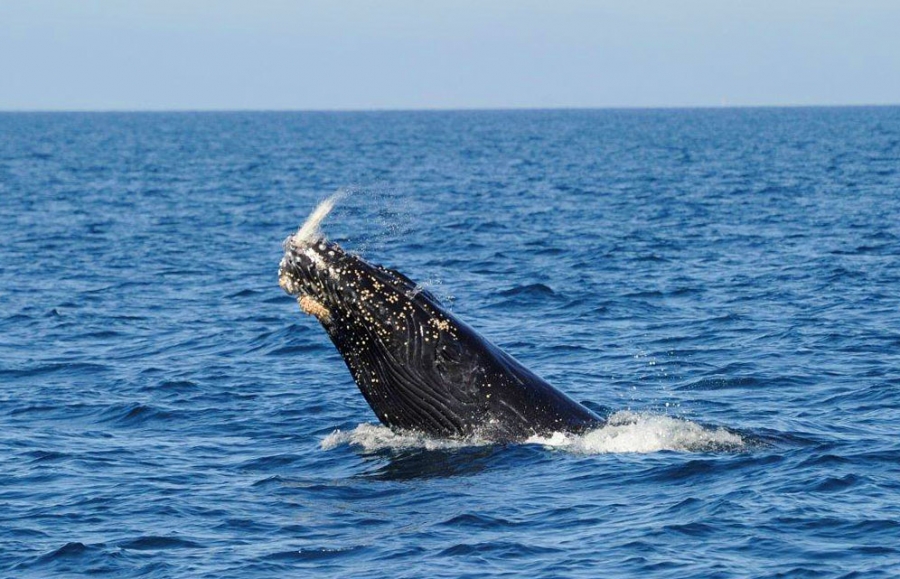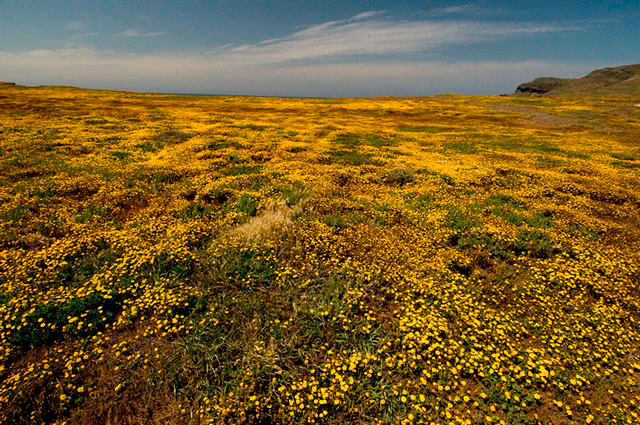In its vastness and variety of flora, fauna and geology, Santa Cruz Island resembles a miniature California. Geologists believe that the island has never been attached to the mainland. All three major rock types – igneous, sedimentary and metamorphic – are found throughout this rugged, mountainous island. Nestled between two mountain ranges that rise above 2,000 feet, Santa Cruz Island Reserve’s Field Station is located in the eastern section of the Island’s Central Valley that was, and still is, being created by a major earthquake fault.
Permanent and seasonal water sources, in addition to a number of microclimates, support over 650 species of plants and trees in ten different plant communities, from marshes and grasslands to chaparral and pine forests. Owing to millions of years of isolation, eight of these plants are “endemic” – they grow nowhere else in the world. Springtime is a patchwork of blooming annuals, sometimes seen from the mainland as bright splashes of color.
Over 140 land bird species have been identified here. The Island Scrub Jay, a Santa Cruz Island endemic, is a living example of “gigantism,” whereby some island animals evolve to a larger form. It is one-third bigger and much bluer than the mainland scrub jay. Other animals, like the Island Fox and Spotted Skunk, tend toward “dwarfism,” growing smaller over the ages. Eleven other mammal species (nine bats, Harvest and Deer mice), three kinds of amphibians (Pacific Chorus Frog, Black-Bellied Slender Salamander, and the Channel Islands Slender Salamander) and five reptiles (Side-Blotched Lizard, Southern Alligator Lizard, Western Fence Lizard, Western Yellow-Bellied Racer and Gopher Snake) might be seen by the lucky visitor.
The marine life surrounding Santa Cruz is a whole other world. Porpoises, dolphins, and whales can be sighted near island shores, feeding in the wealth of kelp forests. Pinnipeds such as harbor seals and California sea lions “haul out” in isolated coves to warm themselves and seek refuge. Ragged cliffs, offshore rocks and tidepools support large colonies of breeding sea birds, shellfish, crustaceans and other shoreline plants and animals.
Santa Cruz Island has some of the largest and deepest sea caves in the world. The largest cave, known as Painted Cave for its colorful rock types, lichens, and algae, has an entrance ceiling that rises upward to 160 feet. It is nearly a quarter mile long and 100 feet wide, with a waterfall over its entrance in the spring, Painted Cave is breathtaking.
Many historic buildings dot the landscape of Santa Cruz and mirror tales of its inhabitants. Adobe ranch houses, barns, blacksmith and saddle shops, wineries, and a chapel all attest to the many uses of Santa Cruz in the 1800’s and 1900’s.
Prior to Spanish exploration and the ranching days, the island was known as “Limuw” to the resident Chumash Indians. A dozen villages housed nearly 2,000 people, many of them producing “shell-bead money” used as a major trade item by tribes throughout California. Large plank canoes, called “tomols,” provided transportation between the islands and mainland. Remnants of their civilization can still be seen in thousands of “shell middens” on the island.
The protection and preservation of these resources, both natural and cultural, are the major goals of the Channel Islands National Park Service and The Nature Conservancy, the two overseers of Santa Cruz Island. Your concern and care will help protect this rare and unique treasure for future generations to enjoy and study.

